As AI toys enter the market, they can be helpful, educational tools for kids but can also pose risks to data privacy.



Crazies & Co recently announced a holographic educational AI assistant dubbed the Sidekicks.ai, which adopts the latest holographic technology to offer characters. The aforesaid technology enables users to communicate with Sidekicks as they’d interact with humans.

A new pizzeria, called Pazzi, is staffed entirely by robots, which can handle everything from order-taking to prepping the dough, to boxing the finished meal.
The restaurant, found in the Beaubourg area of Paris, has taken eight years of research and development. Its creators are two inventors, Cyril Hamon and Sébastien Roverso – both passionate about robotics and electronics since childhood – who began designing the machines in a family garage. Their goal has been to reinvent the fast food experience with a fully automated system that is more convenient and empowering to customers, while maintaining the same or better quality food as conventional restaurants and also being environmentally sustainable.
Pazzi builds on the success of a pilot, tested at the Val d’Europe shopping centre in 2019. The 120m² establishment is more visible and centrally located than that earlier demonstration, being opposite the famous Pompidou centre, benefiting from a high attendance.
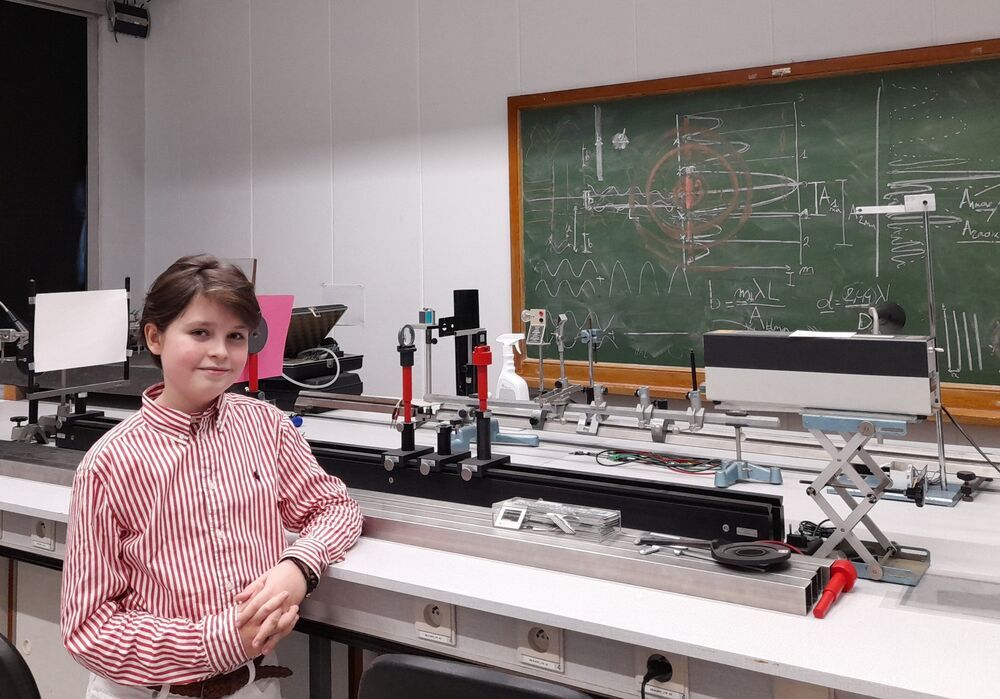
As someone with a passionate interest in longevity, transhumanism and biological immortality — I am naturally both excited and optimistic that medical technology will continue to advance in my lifetime — hopefully to the point where humanity has cured or at least greatly mitigated the signs & symptoms of most diseases as well as disabilities, radically expanded human biological lifespan regardless of age, and created a more dignified existence for all as a result of rapid breakthroughs in robotics, AI, automation, nanotechnology, 3D printing and biotechnology — which I hope in turn will largely eradicate poverty, disease, food & shelter insecurity, natural resource scarcity, environmental degradation and income inequality. I know that some of my likeminded friends are far more skeptical that we will ever see outright cures or significant mitigations for major diseases and disabilities — much less radical life extension or perhaps biological immortality in human beings — which are widely available on a commercial basis. They cite their belief that pharmaceutical giants, a plethora of not for profit organizations (i.e., American Cancer Society), and many other allegedly “self-interested parties” supposedly allied with government regulatory bodies — apparently do not want to see diseases or disabilities cured or lifespan significantly extended — EVER — as this would prevent them from earning untold sums selling treatments and supports for such things on a regular ongoing basis (i.e., chemo drugs for cancer, statins for cardiovascular disease, inhaled/oral steroids for lung disease, renal replacement therapy for kidney disease, mobile supports for spinal cord injuries, ect.) They believe that too much money would be at stake, too many jobs on the line and the entire “pharma-medical-academic industrial complex” supposedly at great risk, if actual cures or significant mitigations ever saw the light of day. Some of these friends even cite their belief that fully autonomous, accident proof, self-driving cars will most likely never occur — as it would supposed put the entire auto insurance industry at existential risk as well as deprive law enforcement agencies of a key source of reliable revenue (issuing speeding tickets) This one makes me giggle! 🤭 My friends also believe that radical life extension in human beings — much less biological immortality — would apparently upset the proverbial apple cart — where the “powers that be” are concerned — in terms of everything from the highly lucrative profits which are derived from pharmaceutical sales, old age homes, life and health insurance plans, personal financial services and all of the sales of key products and services associated with the aging process — to macroeconomic considerations such as the long term viability of government entitlement programmes. They believe that government regulatory authorities allegedly working at the behest of the aforementioned self-interested parties will always seek to delay, disrupt or even derail ANY and ALL significant progress into cures/mitigations for disease/disabilities, radical human life extension and/or human biological immortality. Apparently, new biotech start ups which do advance the aforementioned things are allegedly “always aggressively bought out by monopoly capital — with their cures and advances indefinitely suppressed” I personally tend to be more on the positive and optimistic side where these things are concerned — but perhaps these rather pessimistic arguments do have some validity — minus the implied conspiracy theory aspect. Do you think human beings will ever be “allowed” to truly be free from illnesses and disabilities? Will we ever be “permitted” to radically expand our lifespans or even become biologically immortal at some point? Please discuss.
I have already taken a few courses for a master’s in physics at the University of Antwerp and I want to complete it there. In a bachelor’s degree you get a basis of knowledge in physics and quantum physics, but it gets more detailed in a master’s.
The main reason I chose to study physics is because my end goal is to achieve immortality. One of the areas that is important in the study of immortality is physics, but as of yet, there is no mapped out path to achieve it.
I am interested in immortality because my grandparents suffer from heart disease. I want to help them and I want to help other kids so they don’t have to lose their grandparents. You could look at immortality as a very big puzzle. We have a lot of pieces of the puzzle, which are different studies and research, and it’s possible that combining the knowledge from those studies will develop new insights and ideas. Something I am interested in is artificial organs; I would like to be able to replace as many parts of the body as possible with artificial organs. I plan to do a lot of studying, gather a lot of knowledge and then all the pieces will hopefully fit in together and the puzzle of immortality may be solved.

Tesla began sending out over-the-air software updates for its long-awaited “Full Self-Driving” beta version 9, the definitely-not-autonomous-but-certainly-advanced driver assist system.
As promised by Elon Musk, the software update (2021.4.18.12) began uploading after midnight on Friday, giving thousands of Tesla owners who have purchased the FSD option access to the feature, which enables drivers to use many of Autopilot’s advanced driver-assist features on local, non-highway streets.

Rapid Motor Adaptation-enabled test robot traverses various types of terrain. (Images courtesy Berkeley AI Research, Facebook AI Research and Carnegie Mellon University)
Not only could the robot adjust to novel circumstances, but it could also do so in fractions of a second rather than in minutes or more. This is critical for practical deployment in the real world.
The research team will present the new AI system, called Rapid Motor Adaptation (RMA), next week at the 2021 Robotics: Science and Systems (RSS) Conference.
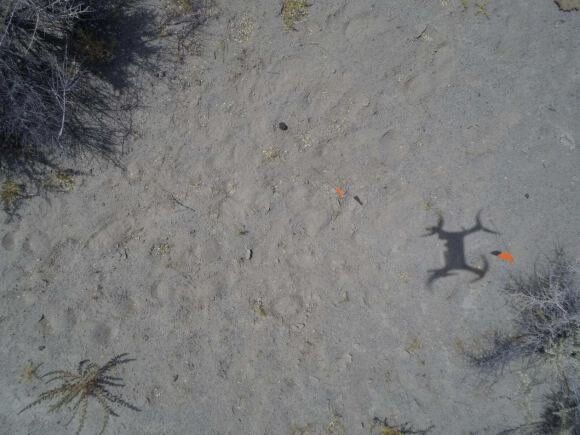
Planetary scientists estimate that each year, about 500 meteorites survive the fiery trip through Earth’s atmosphere and fall to our planet’s surface. Most are quite small, and less than 2% of them are ever recovered. While the majority of rocks from space may not be recoverable due to ending up in oceans or remote, inaccessible areas, other meteorite falls are just not witnessed or known about.
But new technology has upped the number known falls in recent years. Doppler radar has detected meteorite falls, as well as all-sky camera networks specifically on the lookout for meteors. Additionally, increased use of dashcams and security cameras have allowed for more serendipitous sightings and data on fireballs and potential meteorite falls.
A team of researchers is now taking advantage of additional technology advances by testing out drones and machine learning for automated searches for small meteorites. The drones are programmed to fly a grid search pattern in a projected “strewn field” for a recent meteorite fall, taking systematic pictures of the ground over a large survey area. Artificial intelligence is then used to search through the pictures to identify potential meteorites.
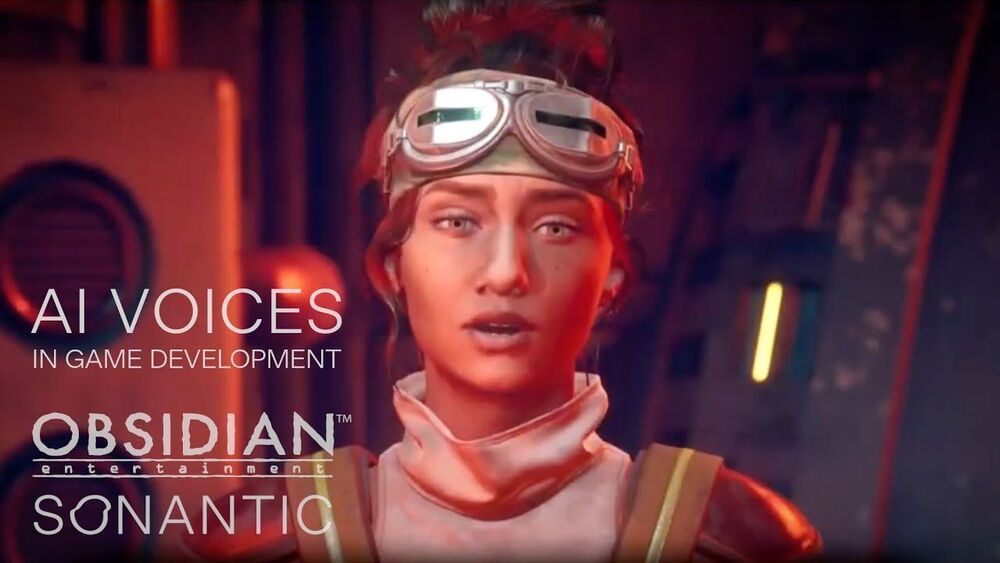
A new wave of startups are using deep learning to build synthetic voice actors for digital assistants, video-game characters, and corporate videos.
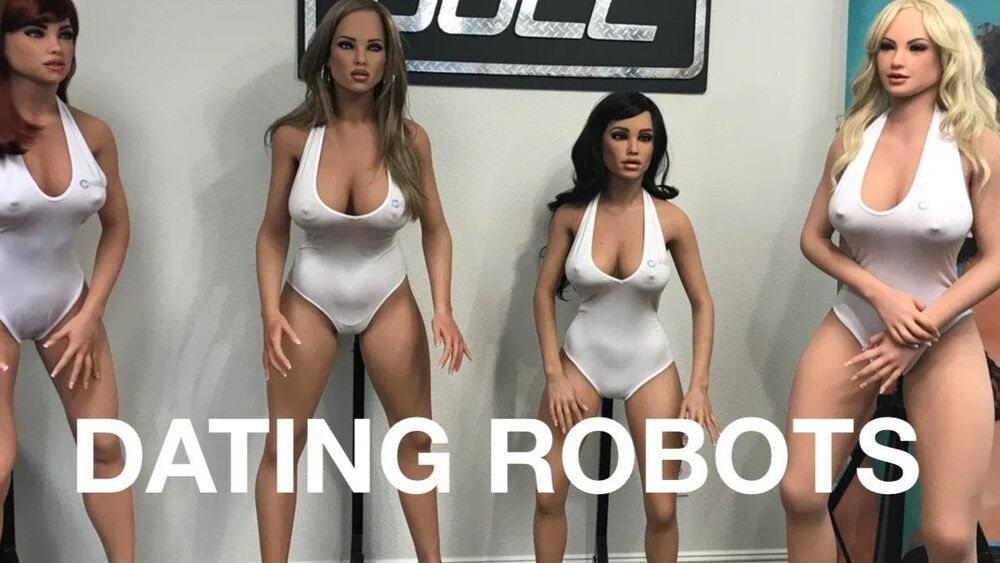
A Dangerous AI and Robot Dance, with Elon Musk, Tom Scott & Pissbot (aka Boston Dynamics’ Spot).
We’re new to youtube, so comments and subs are really helpful.
Tom Scott’s video about grocery store robots: https://youtu.be/ssZ_8cqfBlE
Michael Reeves teaches Boston Dynamics’ robot dog spot to pee beer: https://youtu.be/tqsy9Wtr1qE
Microscopic robots, Itai Cohen, Cornell University: https://youtu.be/Wl6uw8dRrPA
Robot chair dance, Mattias Lindström (Swebounce): https://youtu.be/m7NxnPbOZFE
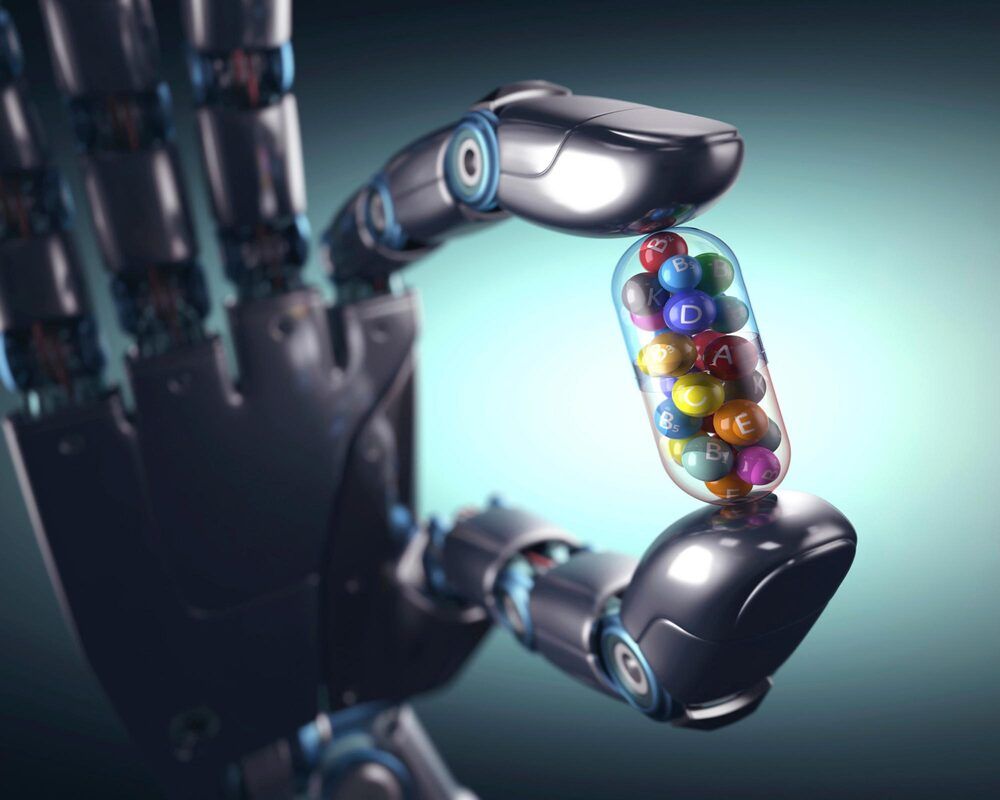
Artificial intelligence (AI) is able to recognize the biological activity of natural products in a targeted manner, as researchers at ETH Zurich have demonstrated. Moreover, AI helps to find molecules that have the same effect as a natural substance but are easier to manufacture. This opens up huge possibilities for drug discovery, which also has potential to rewrite the rulebook for pharmaceutical research.
Nature has a vast store of medicinal substances. “Over 50 percent of all drugs today are inspired by nature,” says Gisbert Schneider, Professor of Computer-Assisted Drug Design at ETH Zurich. Nevertheless, he is convinced that we have tapped only a fraction of the potential of natural products. Together with his team, he has successfully demonstrated how artificial intelligence (AI) methods can be used in a targeted manner to find new pharmaceutical applications for natural products. Furthermore, AI methods are capable of helping to find alternatives to these compounds that have the same effect but are much easier and therefore cheaper to manufacture.
And so the ETH researchers are paving the way for an important medical advance: we currently have only about 4000 basically different medicines in total. In contrast, estimates of the number of human proteins reach up to 400000, each of which could be a target for a drug. There are good reasons for Schneider’s focus on nature in the search for new pharmaceutical agents. “Most natural products are by definition potential active ingredients that have been selected via evolutionary mechanisms,” he says.